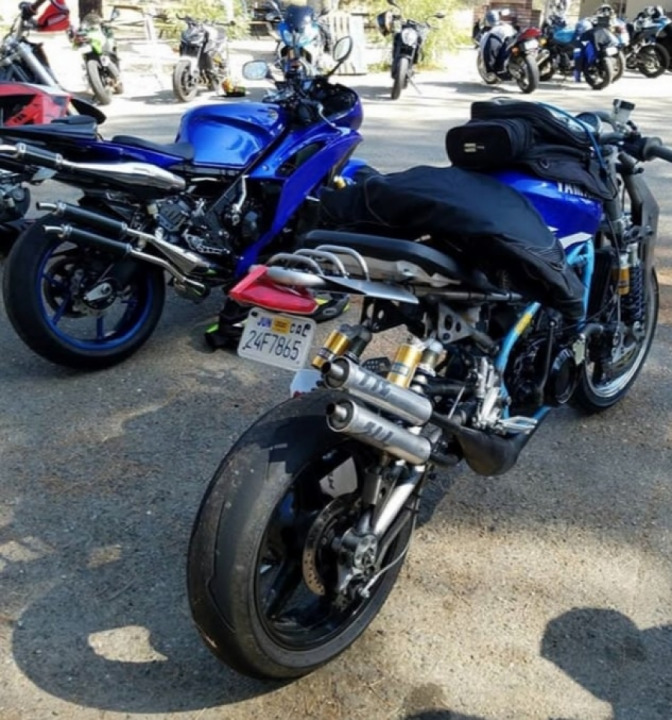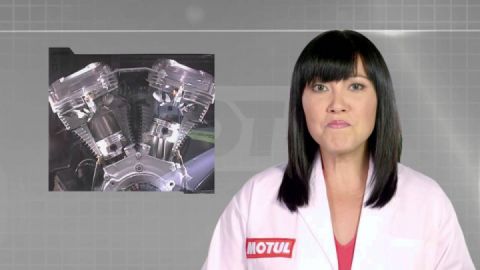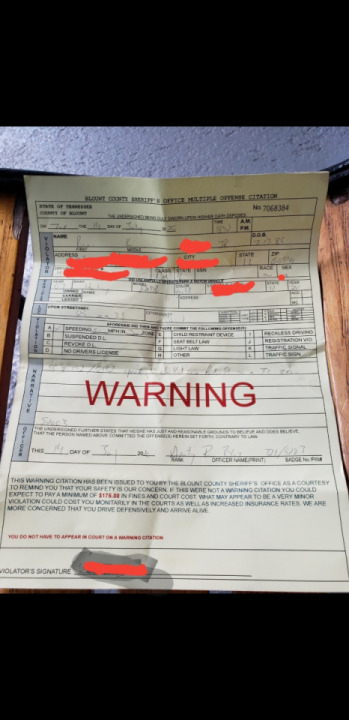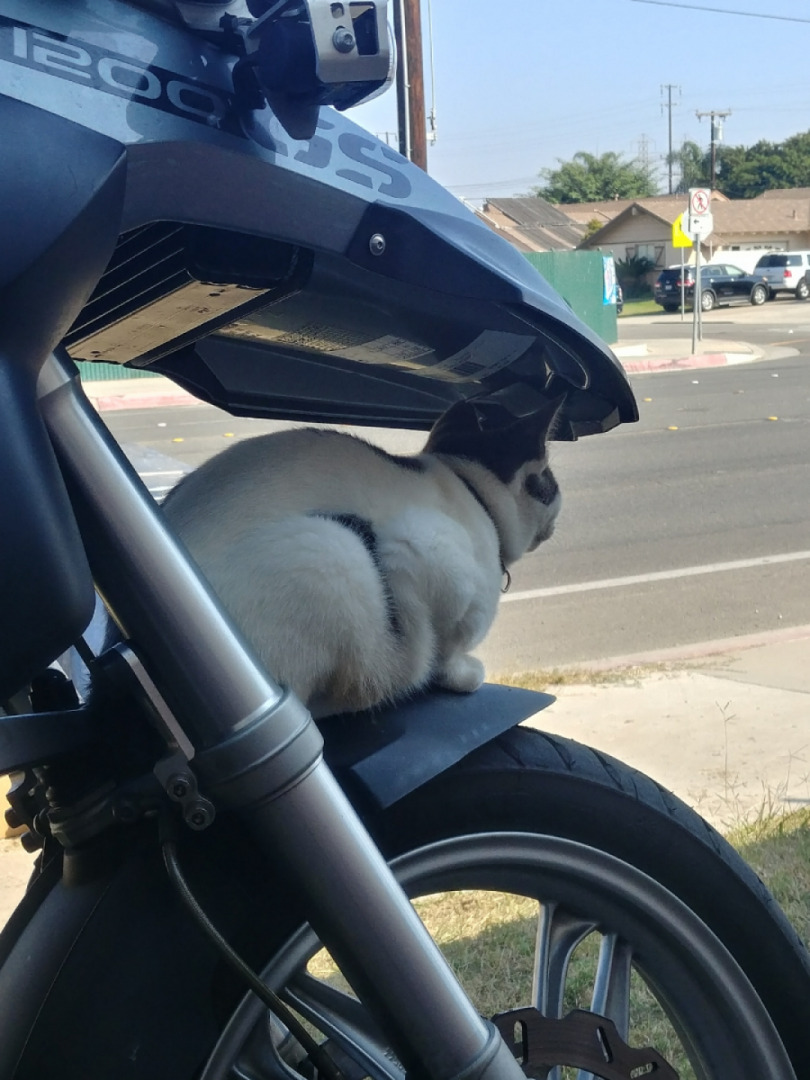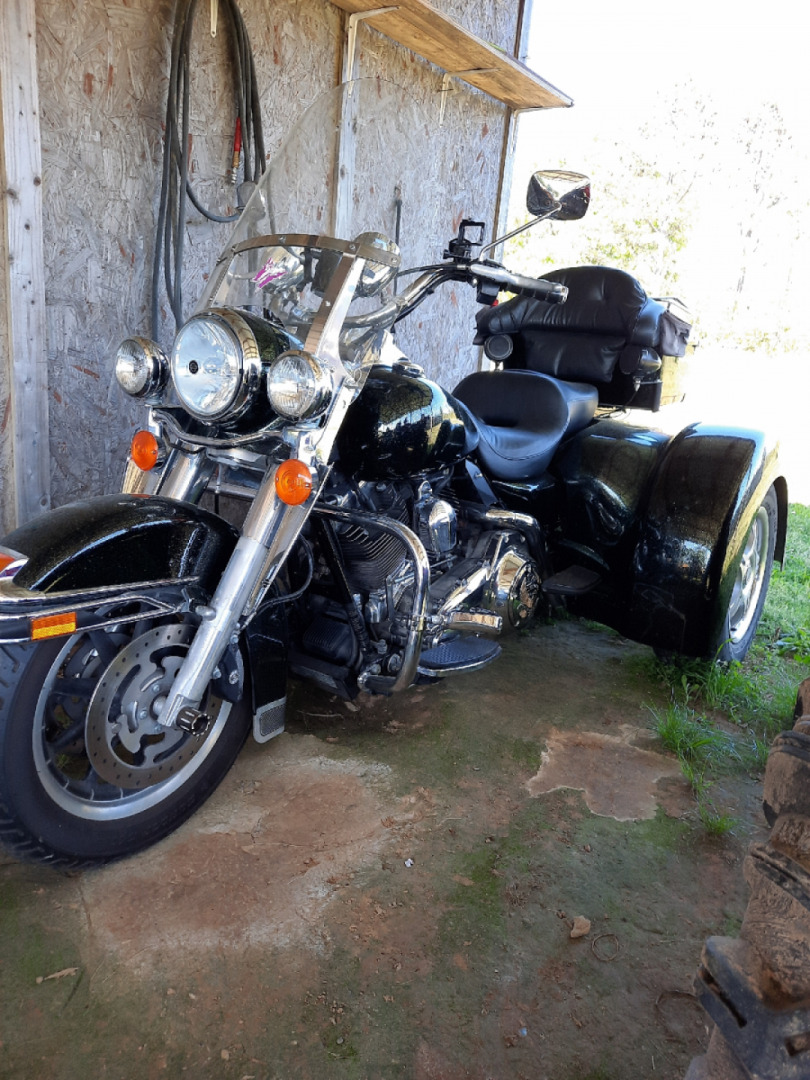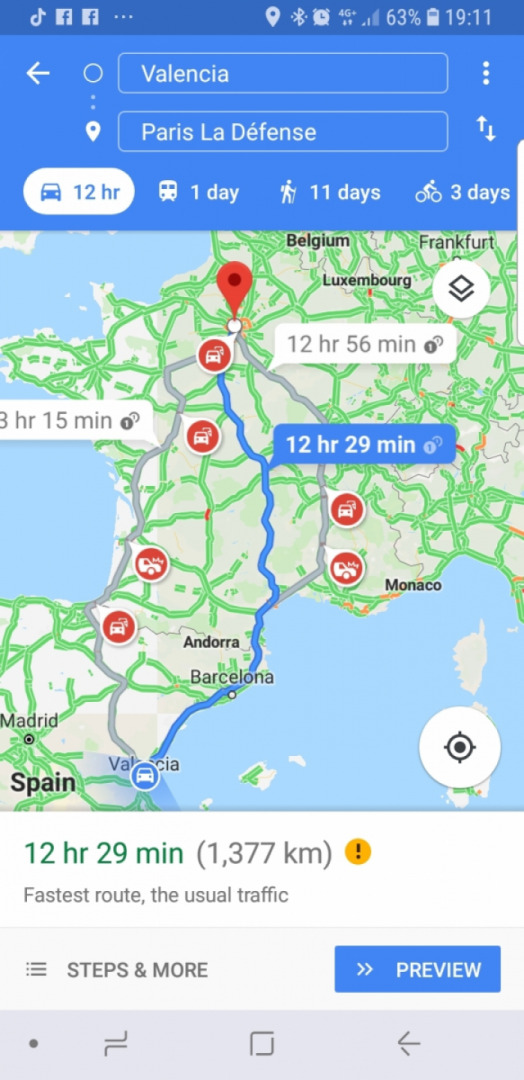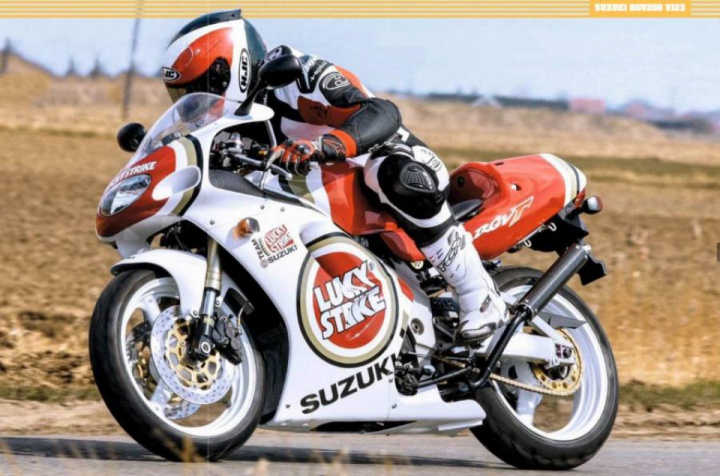Swissauto V4 500 two stroke: (maybe) the best two stroke engine ever built.
Born from Urs Wenger's "pencil", initially born to replace their 4-in-line sidecars, he made his debut in 1995 on Rolf Biland's LCR sidecar, who finished second, winning four races.The engine immediately developed a significant maximum power (180hp) and the secret was in its configuration: a single engine shaft but only two crank chambers, that is, each V worked in sync, with two ignitions at a time, almost a natural "big bang", so less friction, less load losses fluidodynamics and output was immediately high.The V was 108°, the slate intake in the cranket and the weight was incredibly low: 37kg, that is the same as April 250 and 7kg less than the Yamaha 0WD3.In the meantime, Wenger tried to install the propeller in a '93 Harris chassis, doing a first test on the track and got the interest of Serge Rosset (ROC), whose headquarters were 200km away from Swissauto.The turning key to the realization of the Swissauto motorbike was the intervention of Swiss entrepreneur Michel Métraux, president of IRTA and committed sponsor of all the best Swiss GP drivers, as well as owner of the Parisienne 250GP team of the mid-1980s and the Swiss Automotive Group of Métraux which included the Swiss distributor of ELF lubricants, one of the reasons why all the bikes it sponsored for over twenty years always carried ELF stickers. From there, gaining the support of the French multinational to support the development of a brand new all-European 500GP motorcycle, was only one formality and at the '95 GP of Catalonia the agreement was announced: the elf was returning to the 500 after seven years of absence.The Swissauto engine raced in the World Cup from 1995 to 1997 with the LCR sidecars, in 1996 and 1997 with the Elf-ROC, in 1998 and 1999 with the MuZ, after which the Swiss house, with the amendment of the sidecar regulation allowing the 1000 4-stroke, decided to withdraw.In 2001, with the name Pulse, the elf reappeared in the Moto World Cup 500.For the record, the Swiss V4 was installed on a Proton KR chassis in 1999 (a prototype that never raced) and starred in one of the most monumental April Fools' Day in motoring history: the Aprilia 500 V4. But that's another story.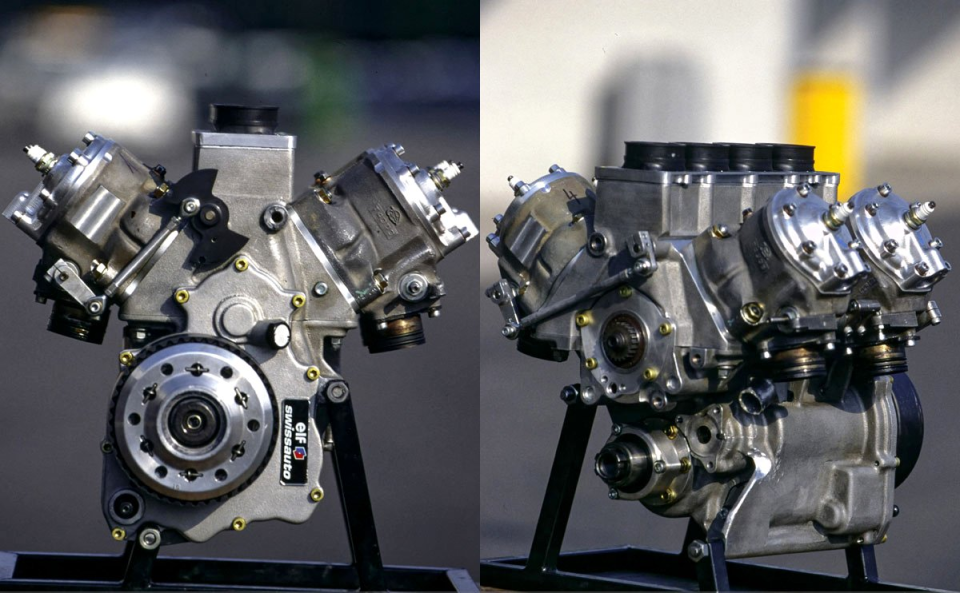
 Follow
2.8K
Follow
2.8K


